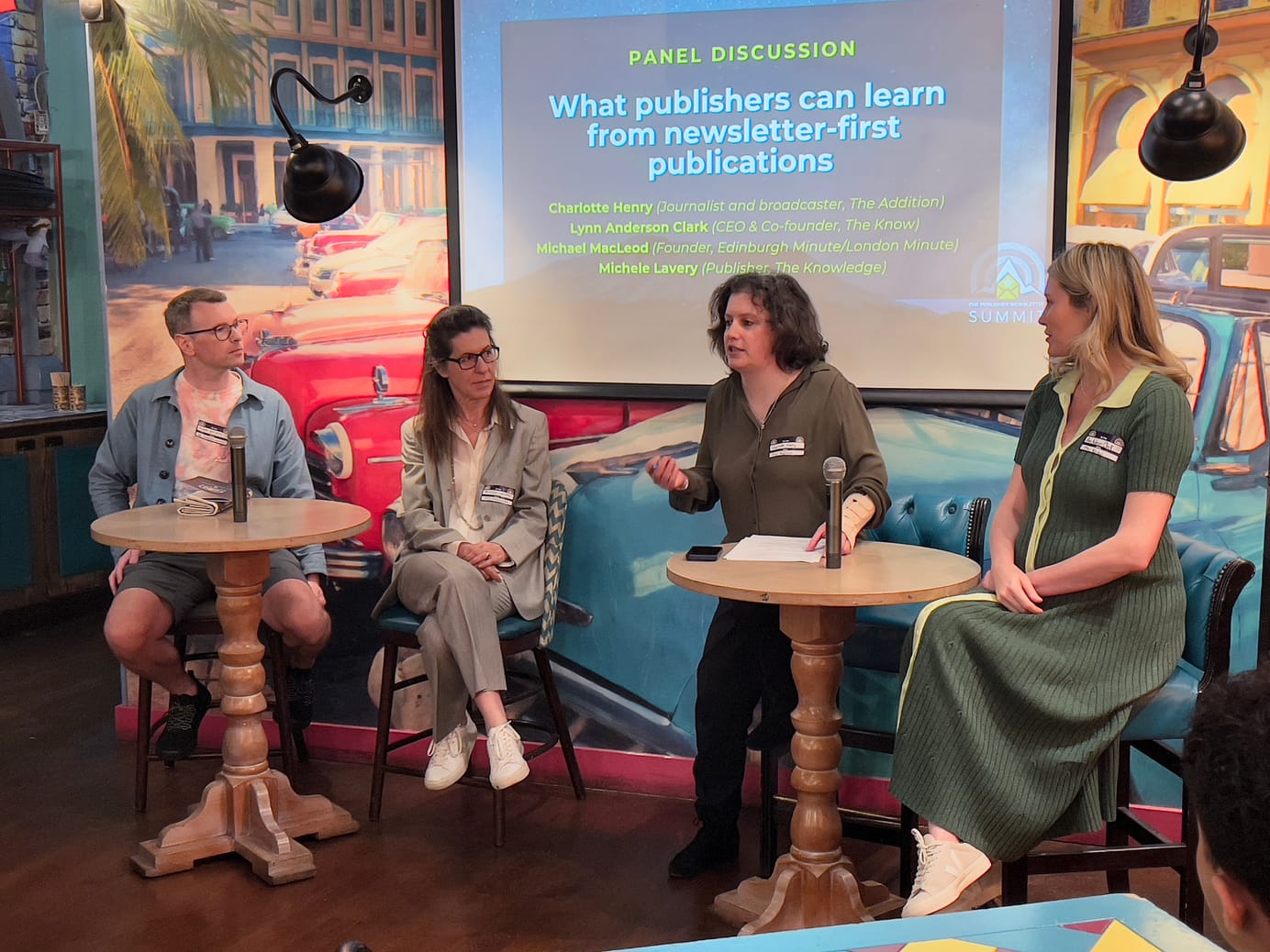Journalistic liveblogging analysed: a Polis report

Some time ago I was interviewed by Karin O’Mahony about liveblogging and its use in a journalistic context. The report was published a little over a month ago, and I’ve finally had the chance to dive in.
First of all – a caveat. It focuses exclusively on the journalistic rolling liveblogs that are commonly used by media organisations, rather than other forms of liveblogging, some of which pre-dated the media use. This irks me a little – these forms do not develop in isolation within journalism, but are informed by both the tools and practices that emerge on the web, none of which is really acknowledged within the research. But I’m slowly reconciling myself to this – the long-running time-stamped format has become the primary journalist use of the concept, and that largely emerged within journalism.
That said, I think the report does an excellent job in capturing the core elements and challenges in creating a viable live blog, with a creditable amount of time give to the practicalities. There’s a useful 10 point guide, partially derived from my own contributions:
Liveblogging in 10 steps
- Write quickly
- Be human, not opinionated, in your tone of voice.
- Be extra aware of sensitive information, conflicting information and unverified information.
- Be social: take in readers’ comments and contributions and use social media for sourcing – but be aware that social skills are built up over a longer period of time and treat these sources as any other sources. Get to know your audience.
- Be transparent about when you cannot verify – but also when you are sure: link to sources and interesting material. Open up the journalistic process to your readers.
- Do not lose the overall perspective on the bigger story – summarise from time to time.
- Do not be mentally locked into the first narrative that emerges – be able to construct an emerging narrative from the emerging facts over time.
- Make sure you are totally familiar with the technical tools so that you can focus entirely on the writing and research
- If possible (for scheduled events), be prepared and read up on the subject.
- Be creative with ways to fill the gaps when no information is coming through.
There’s some interesting discussion about restructuring sites around livblogging for news-centric organisations, and well as the challenges around verification, with the emerge of determined hoaxers as a significant problem.
It’s a useful piece of work, and a good contribution to the on-going discussion about new forms of journalism. Grab yourself a copy – it’s free – and dig in.
Download As It Happens: How live blogs work and their future
Sign up for e-mail updates
Join the newsletter to receive the latest posts in your inbox.










